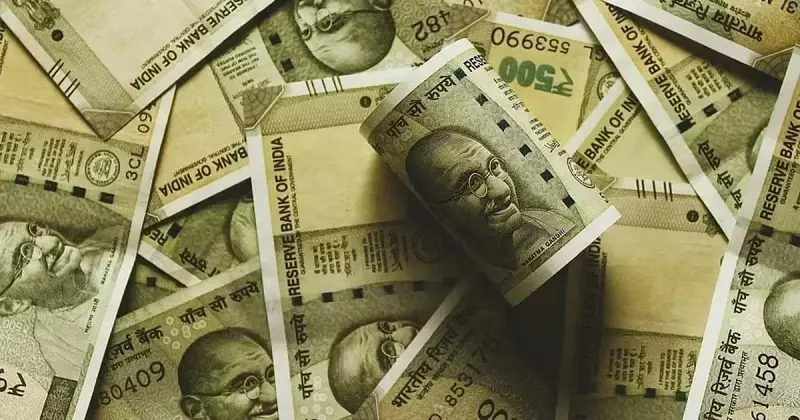
In a dramatic move that has caught the attention of financial markets, the Reserve Bank of India has once again stepped into the currency markets to shield the Indian rupee from plunging to unprecedented depths. The central bank's aggressive intervention comes as the rupee teetered dangerously close to its all-time low against the strengthening US dollar.
The Currency Battle Intensifies
Market sources reveal that the RBI deployed substantial dollar sales through state-run banks, creating a formidable barrier around the 83.50 level against the US dollar. This strategic defense prevented the rupee from testing its record low of 83.5750, a level that had investors and economists watching with bated breath.
Why the Rupee is Under Pressure
The Indian currency finds itself caught in a perfect storm of global financial pressures:
- Dollar dominance: The US dollar continues to strengthen against most major currencies worldwide
- Foreign investment outflows: Overseas investors have been pulling funds from Indian markets
- Rising crude prices: India's significant oil imports create constant dollar demand
- Global risk aversion: Uncertainty in international markets drives investors toward safe-haven assets
RBI's Multi-Pronged Defense Strategy
India's central bank isn't relying on a single approach to support the national currency. Insiders report a comprehensive strategy that includes:
- Direct dollar sales in the spot market to increase rupee demand
- Forward market operations to manage future currency expectations
- Verbal intervention through carefully timed statements
- Building robust forex reserves to maintain market confidence
What This Means for India's Economy
The RBI's vigorous defense of the rupee carries significant implications for various sectors:
For importers: The intervention provides temporary relief from escalating costs, though the underlying pressure remains. Companies that rely heavily on imported raw materials can breathe slightly easier, but must remain cautious about long-term currency trends.
For exporters: While a weaker rupee typically benefits exporters, the RBI's actions create stability that helps in planning and pricing strategies. The controlled depreciation allows export-oriented businesses to benefit without facing wild currency swings.
For the common citizen: The central bank's actions help contain inflationary pressures that could result from a sharply falling rupee. This protection is particularly crucial given India's dependence on imported energy.
The Global Context
India isn't alone in facing currency challenges. Several emerging market economies are deploying similar defensive measures as the US Federal Reserve's hawkish stance and global economic uncertainties create widespread currency turbulence. The difference lies in India's substantial forex reserves, which give the RBI considerable firepower to defend the rupee.
Looking Ahead: The Rupee's Future Trajectory
Most currency experts believe the RBI will continue its vigilant stance, intervening whenever the rupee approaches critical levels. However, many question whether this is a sustainable long-term strategy or merely buying time until global conditions improve.
The coming months will be crucial for the Indian currency as the central bank walks a tightrope between controlling depreciation and preserving precious foreign exchange reserves. One thing is certain: the RBI has demonstrated it won't hesitate to act when national economic interests are at stake.





